Niko Pirosmani was born in 1862 in a Georgian village, where he grew up in poverty. He moved to Tbilisi to work as a servant and developed his unique style of bright, vivid paintings depicting Georgian life.
The life and art of Niko Pirosmani
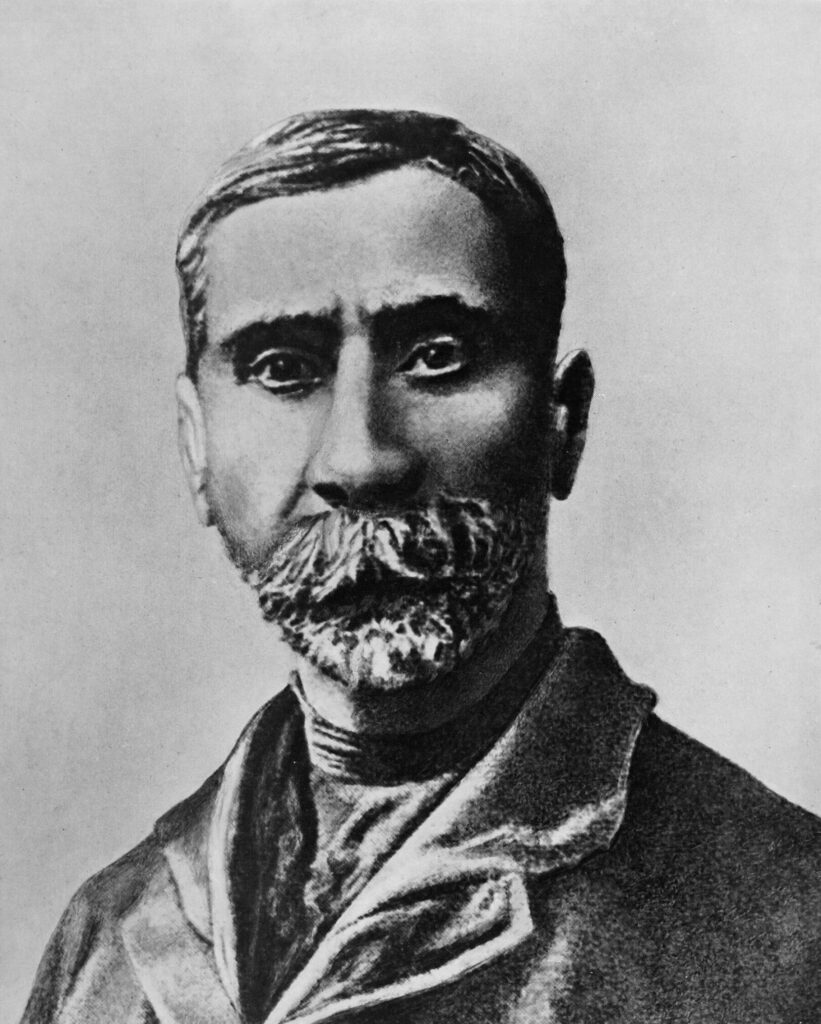
1862
Pirosmani, who posthumously became one of the key figures of Georgian art history, was born in 1862 to Aslan Pirosmanashvili and Tekle Toklikashvili, a peasant family living in the village of Mirzaani in the eastern part of Georgia.
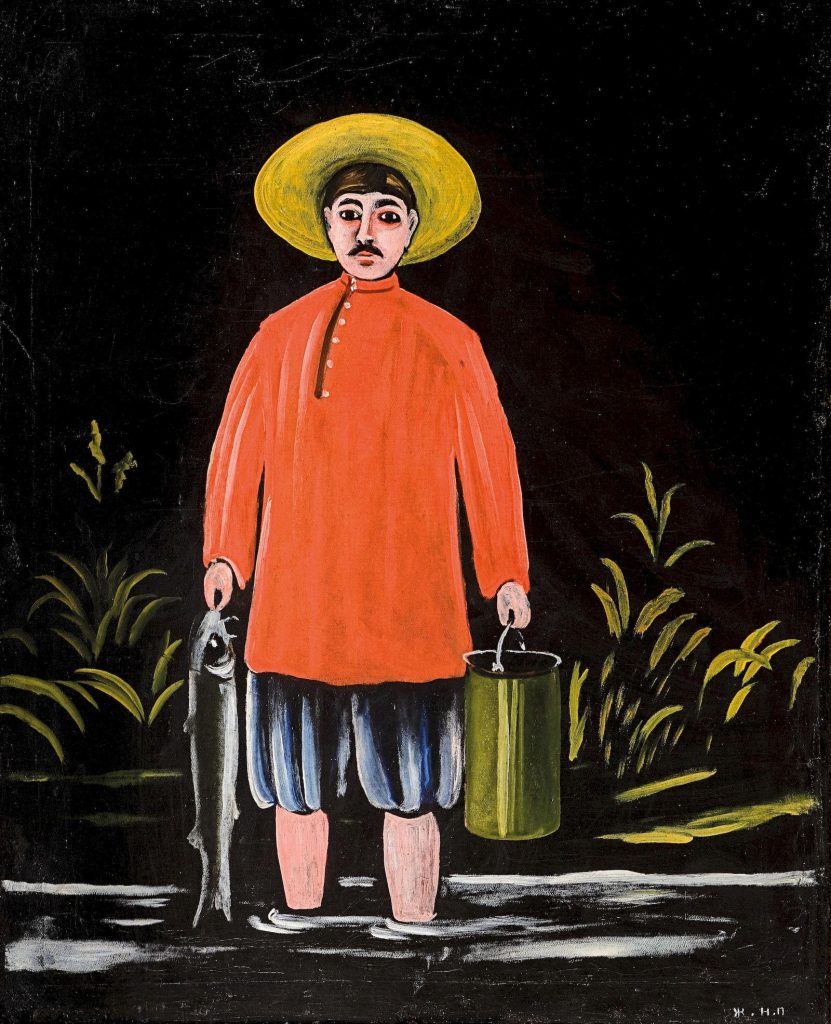
1888
The recovery of Pirosmani's legacy is a story of two distinct models competing but also colluding in the artist's canonization: the cosmopolitan discourse of modernist primitivism, and a nationalizing discourse of local particularity. Both discourses, in their distincztness and in their mutual complicity, find exemplary expression in the two articles found below.
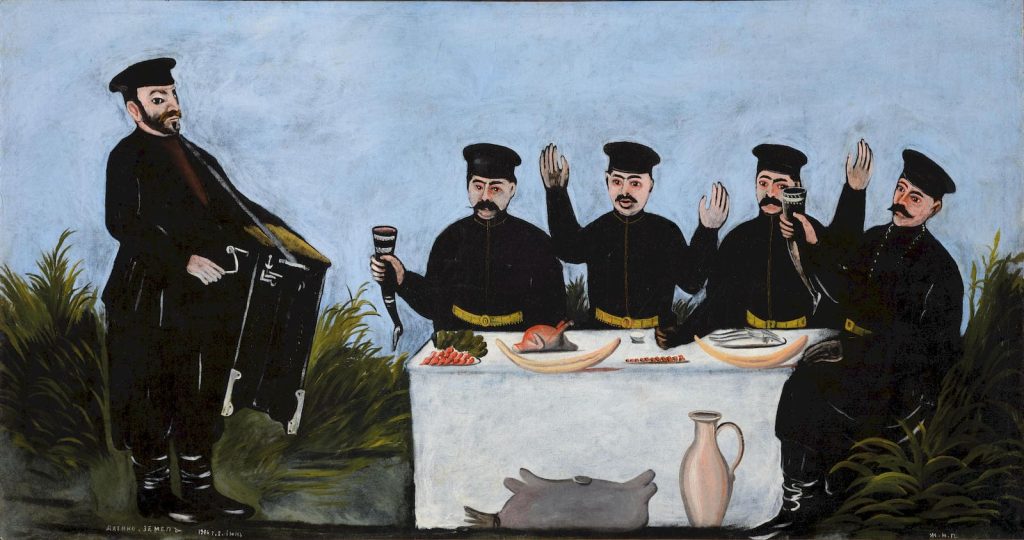

1891
Russian primitivist recuperation of Pirosmani that Georgian intellectuals were moved to transform him into a national icon. The discovery and canonization of Pirosmani thus allow us to contemplate the complex dialogue between competing vectors of modernist cultural production, be it in Georgia or worldwide.
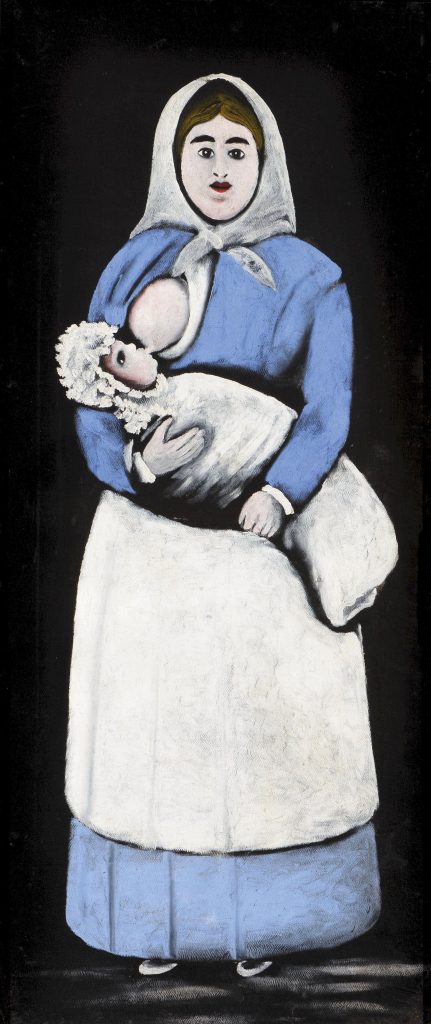
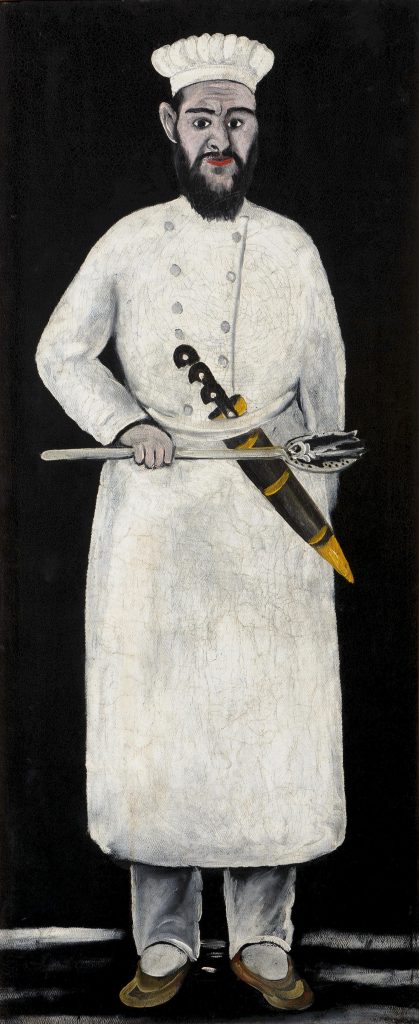
1894
A partially literate autodidact, Pirosmani lived much of his life on the margins of urban society, eking out a living by commission, painting works which served to adorn as well as advertise the stores, cellars, and taverns owned and frequented by the popular classes of the Georgian capital Tiflis (Tbilisi). A functioning part of a lived environment of commerce and consumption, Pirosmani's work circulated outside the realm of high art and aesthetic appreciation until it was "discovered" in the summer of 1912 by several.